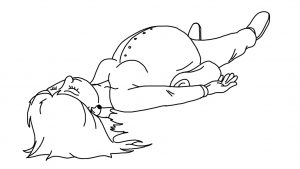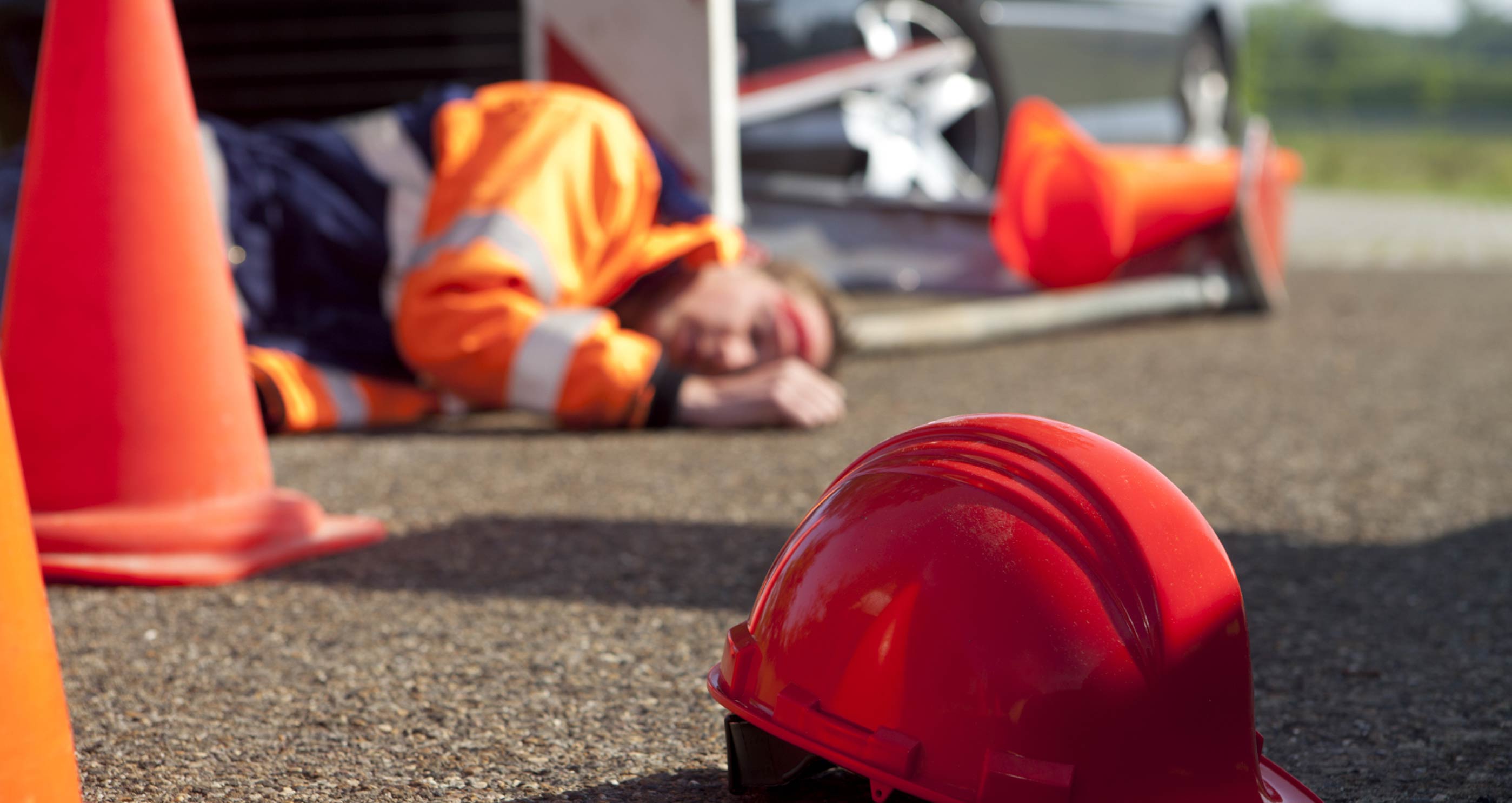17
Jun
EFA HCP ADULT CPR
in
Comments
CARDIO PULMONARY RESUSCITATION (CPR)
Early CPR will increase a casualty’s chance for survival. Stimulating the heart creates circulation and moves oxygenated blood through the body and into the brain. This will allow a casualty to be more responsive to early defibrillation.
It is important to understand that resuscitation is not our goal and in most cases the casualty will not wake up without further medical help like the use of an AED. Your job is not to bring the casualty back to life, your job is to pump blood through the body with chest compressions so blood and oxygen continue to reach vital organs including the brain. Without CPR a casualty can experience brain damage.
“Once you start, don’t stop!” When you begin CPR on a casualty you should continue administering aid continue to provide CPR until help arrives, the casualty begins to respond or you become exhausted.
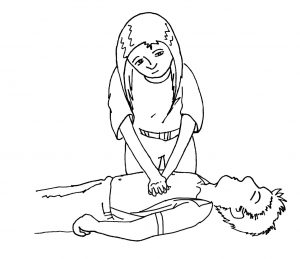
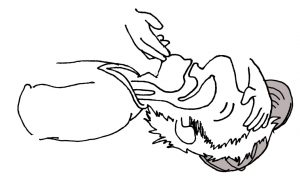
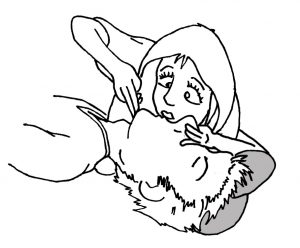
CPR guidelines focus on these principles
Outside of a Health Care Setting
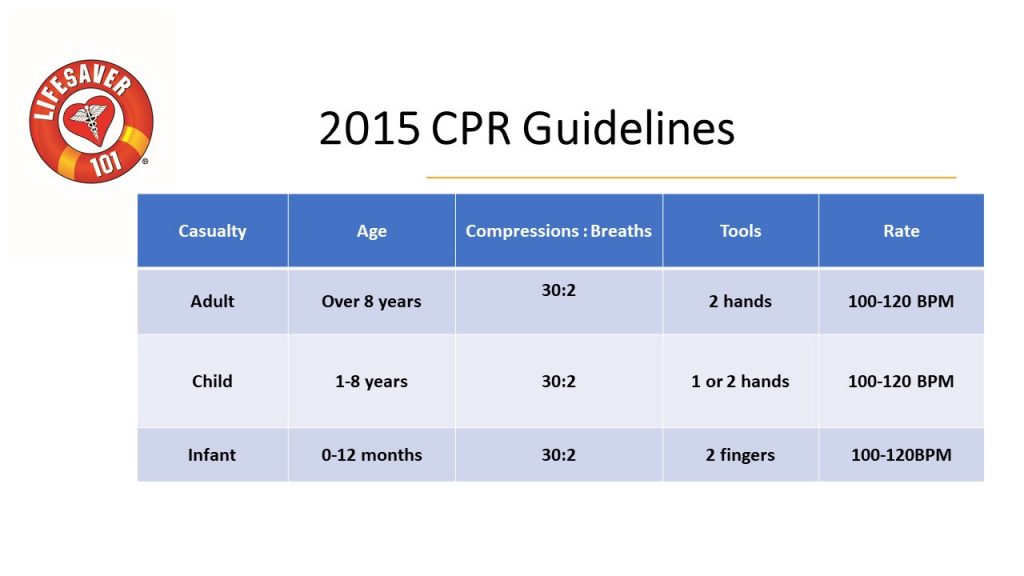
In a Health Care Setting with 2 or more Health Care Professionals
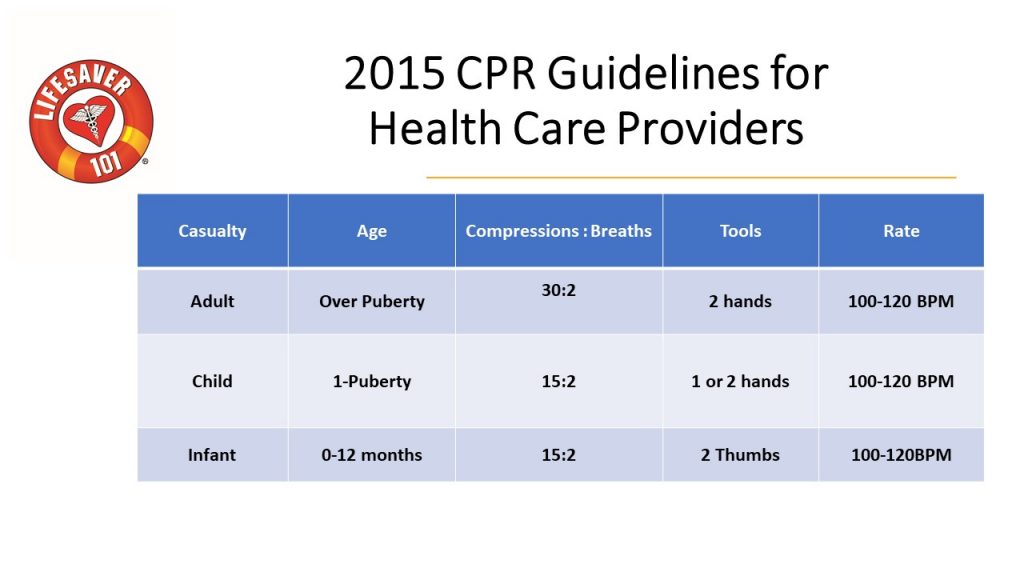
- Ensure full chest recoil
- Minimize interruptions in CPR (60% of your rescue CPR time should be compressions)
- Avoid over ventilating, casualty may vomit as a result
- Early defibrillation is crucial (call 9-1-1 ASAP)
- Once you start – don’t stop
- Switch off with your partner every 2 minutes if possible to reduce fatigue
Adult Casualty (Puberty and up) – TREATMENT
- Begin ESM using the Lifesaver 101 Rules of 123 & ABC
- 1 – Safety – Check for fire, wire, gas and glass and other hazards. Take charge, introduce yourself, ask if you can help, find out what happened, look for the Mechanism of Injury (cause).
- 2 – Response – Start by talking/yelling to the casualty. If needed tap the casualty’s shoulder with the tips of your fingers to try to get a response.
- 3 – Call 9-1-1 – or ask a bystander to call 9-1-1, confirm, and return. Send a bystander to get the AED.&
- A – irway – Open the airway with a head tilt chin lift.
- B – reathing – Check for effective breathing for no more than 5 seconds.
- C – irculation – check for a pulse on the carotid artery– Begin CPR starting with compressions.
- Kneel beside the casualty, place your hands in the center of the casualty’s chest, lock your elbows.
- For an adult, use 2 hands and compress straight down 2 inches (5cm) but no more than 6 cm. Ensure resistance is met with the compressions.
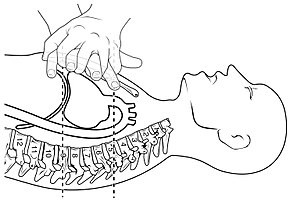
- Push 30 times at a rate of at least 100 – 120 beats per minute. Count out loud.
- Give the casualty 2 breaths. Breaths should be 1 second long, just enough to make the chest rise.
- Use a BVM if available
- Continue to provide CPR until help arrives, the casualty begins to respond or you become exhausted.
- Use an AED if available.
For a pregnant casualty receiving CPR, raise the casualty’s right hip (while keeping the chest flat) to remove the weight of the unborn fetus off the blood return vessel allowing blood to flow back to the heart more freely.
